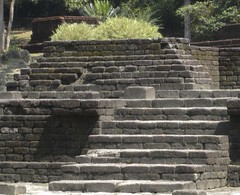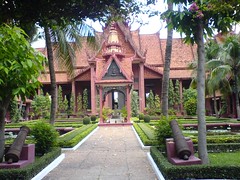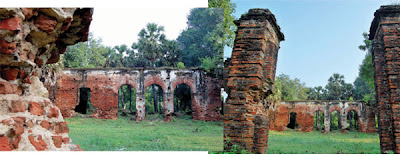சமணமலை பற்றி ‘சமணமும் தமிழும்’ நூலில் மயிலை.சீனி.வே மற்றும் ‘தேசாந்திரியில்’ எஸ்.ராமகிருஷ்ணன் கூறியதைக் காண்போம்.
சமணமும் தமிழும் நூலிலிருந்து:
சமணமலை. மதுரைக்கு மேற்கே சுமார் 5 மைலில் உள்ளது. இந்தக் குன்றுகள் கிழக்கு மேற்காய் அமைந்துள்ளன. தென்மேற்குக் கோடியில் இம்மலைக்கு அருகில் கீழ்குயில்குடி என்னும் ஊரும், வடமேற்குக் கோடியில் முத்துப்பட்டி அல்லது ஆலம்பட்டி என்று வழங்கப்படுகிற ஊரும் இருக்கின்றன. இந்தக் கிராமம் மதுரைத் தாலுகா வடபழஞ்சியைச் சேர்ந்தது. இந்தச் சமணமலையில் அங்கங்கே சமண தீர்த்தங்கரர்களின் உருவங்கள் செதுக்கப்பட்டுள்ளன. ஆகவே, இந்த மலைக்கு இந்தப்பெயர் உண்டாயிற்று. இதற்கு அமணமலை என்றும் பெயர் உண்டு. அமணர் என்னும் பெயர் சமணரைக் குறிக்கும்.
ஆலம்பட்டி என்றும் முத்துப்பட்டி என்றும் பெயருள்ள ஊருக்கு அருகில் இந்தக் குன்றின் மேற்குக் கோடியில் பஞ்சவர் படுக்கை என்னும் இடம் இருக்கிறது. இங்குப் பாறையில் கல் படுக்கைகள் செதுக்கப்பட்டுள்ளன. சமண முனிவர் படுப்பதற்காக இவை அமைக்கப்பட்டன. இந்தப் படுக்கைகளுக்கு மேலே பாறைக்கல் கூரைபோல் அமைந்திருக்கிறது. ஆகவே, இவ்விடம் ஒரு குகை போலத் தோன்றுகிறது. கூரை போன்று உள்ள பாறையில் பிராமி எழுத்தில் தமிழ்ச் சாசனங்கள் பொறிக்கப் பட்டுள்ளன. இவை கிறிஸ்து சகாப்தத்திற்கு முன்பு எழுதப்பட்டவை. இந்தக் குகையில் படுக்கைகளுக்கு அருகே ஒரு பீடத்தின் மேல் அருகக் கடவுளின் உருவம் அமைக்கப் பட்டிருக்கிறது. இதற்கு அருகில் பாறையில் எழுதப்பட்டுள்ள பிராமி எழுத்துச் சாசனம் மிகவும் அழிக்கப்பட்டுவிட்டது. குகையின் மேற்புறப் பாறையில் இரண்டு இடங்களில் தீர்த்தங்கரர்களின் உருவங்களும் அவைகளின் கீழே வட்டெழுத்துச் சாசனங்களும் எழுதப்பட்டுள்ளன. இந்த எழுத்துக்கள் கி.பி.10ஆம் நூற்றாண்டு எழுத்துப் போல காணப்படுகின்றன.
சமணமலையின் தென்மேற்குப் பக்கத்தில் கீழ்குயில்குடியின் அருகில் செட்டிப்பொடவு என்னும் குகை இருக்கிறது. இந்தக் குகையின் இடதுபுறத்தில் ஒரு தீர்த்தங்கரரின் உருவம் பாறையில் அமைக்கப்பட்டிருக்கிறது. இந்த உருவத்தின் கீழ் வட்டெழுத்து சாசனம் பொறிக்கப்பட்டுள்ளது. இந்த எழுத்து கி.பி. 10ஆம் நூற்றாண்டில் எழுதப்பட்டது. குகையின் உள்ளே அரைவட்டமாகக் கூரைமேல் அமைந்துள்ள பாறையில் தனித்தனியாக அமைந்த ஐந்து உருவங்கள் செதுக்கப்பட்டுள்ளன. முதல் உருவம் நான்கு கைகளையுடைய யட்சி உருவம், சிங்கத்தின் மேல் அமர்ந்து ஒரு கையில் வில்லையும் மற்றொரு கையில் அம்பையும் ஏனைய கைகளில் வேறு ஆயுதங்களையும் பிடித்திருக்கிறது. இந்த யட்சிக்கு எதிரில் யானையின் மேல் அமர்ந்துள்ள ஆண் உருவம் கையில் வாளையும் கேடயத்தையும் பிடித்திருக்கிறது. இதையடுத்துக் தனித்தனியே மூன்று தீர்த்தங்கரர்களின் உருவங்கள் முக்குடைகளுடன் செதுக்கப்பட்டுள்ளன. இருந்த திருமேனிகள். கடைசியாகப் பத்மாவதி என்னும் இயக்கியின் உருவம் வலது காலைத் தொங்கவிட்டு இடதுகாலை மடக்கிச் சுகாசனத்தில் அமர்ந்திருப்பது போல் செதுக்கப்பட்டுள்ளது. இந்த ஐந்து சிற்பங்களில் நடுவில் உள்ள மூன்று தீர்த்தங்கரரின் உருவங்களுக்கு கீழே மூன்று வட்டெழுத்துச் சாசனங்கள் (கி.பி.10ஆம் நூற்றாண்டு) எழுதப்பட்டுள்ளன.
செட்டிப்பொடவுக்குக் கிழக்கே சமணமலையில் பேச்சிப்பள்ளம் என்னும் இடம் இருக்கிறது. இது குன்றின் மேல் இருக்கிறது. இங்கு வரிசையாகப் பாறையில் சமண தீர்த்தங்கரர்களின் உருவங்கள் செதுக்கப்பட்டுள்ளன. இந்த உருவங்களின் கீழே வட்டெழுத்துச் சாசனங்கள் எழுதப்பட்டுள்ளன. இவை கி.பி 8 அல்லது 9ஆம் நூற்றாண்டில் எழுதப்பட்டவை.
பேச்சிப்பள்ளத்திற்கு அப்பால் குன்றின் மேலே அழிந்து போன ஒரு கோயில் காணப்படுகிறது. இக்கோயிலின் தரையமைப்பு மட்டுந்தான் இப்போது உள்ளன. இங்கு 10ஆம் நூற்றாண்டில் எழுதப்பட்ட முற்றுப்பெறாத வட்டெழுத்துச் சாசனம் உண்டு.
இந்த இடத்துக்கு மேலே குன்றின் மேல் பாறையில் விளக்கு ஒன்று செதுக்கப்பட்டிருக்கிறது. இந்த விளக்குப் பாறைக்கு அருகில் கன்னட எழுத்துச் சாசனம் காணப்படுகிறது. இதன் கடைசிவரி மட்டும் தமிழாக உள்ளது. இந்தச் சாசனம் கி.பி.11ஆம் நூற்றாண்டில் எழுதப்பட்டது.
தமிழறிஞர் மயிலை.சீனி.வேங்கடசாமிக்கு நம் நன்றி உரித்தாகுக.
எஸ்.ராமகிருஷ்ணன் தேசாந்திரியில் ‘திசையே ஆடைகளாய்’ என்னும் கட்டுரையில் மதுரையில் உள்ள சமணமலைகளுக்கு சென்றதைக்குறித்தும் சமணம் குறித்தும் எழுதிய பதிவிலிருந்து கீழ்குயில்குடி பற்றி மட்டும் கீழே காண்போம்.
பேச்சிப்பள்ளத்திற்கு அப்பால் குன்றின் மேலே அழிந்து போன ஒரு கோயில் காணப்படுகிறது. இக்கோயிலின் தரையமைப்பு மட்டுந்தான் இப்போது உள்ளன. இங்கு 10ஆம் நூற்றாண்டில் எழுதப்பட்ட முற்றுப்பெறாத வட்டெழுத்துச் சாசனம் உண்டு.
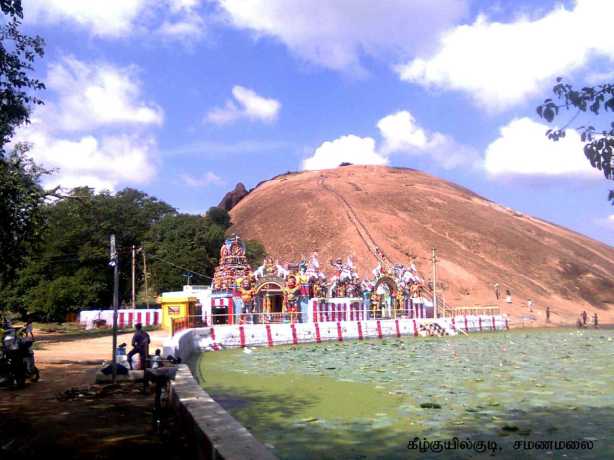
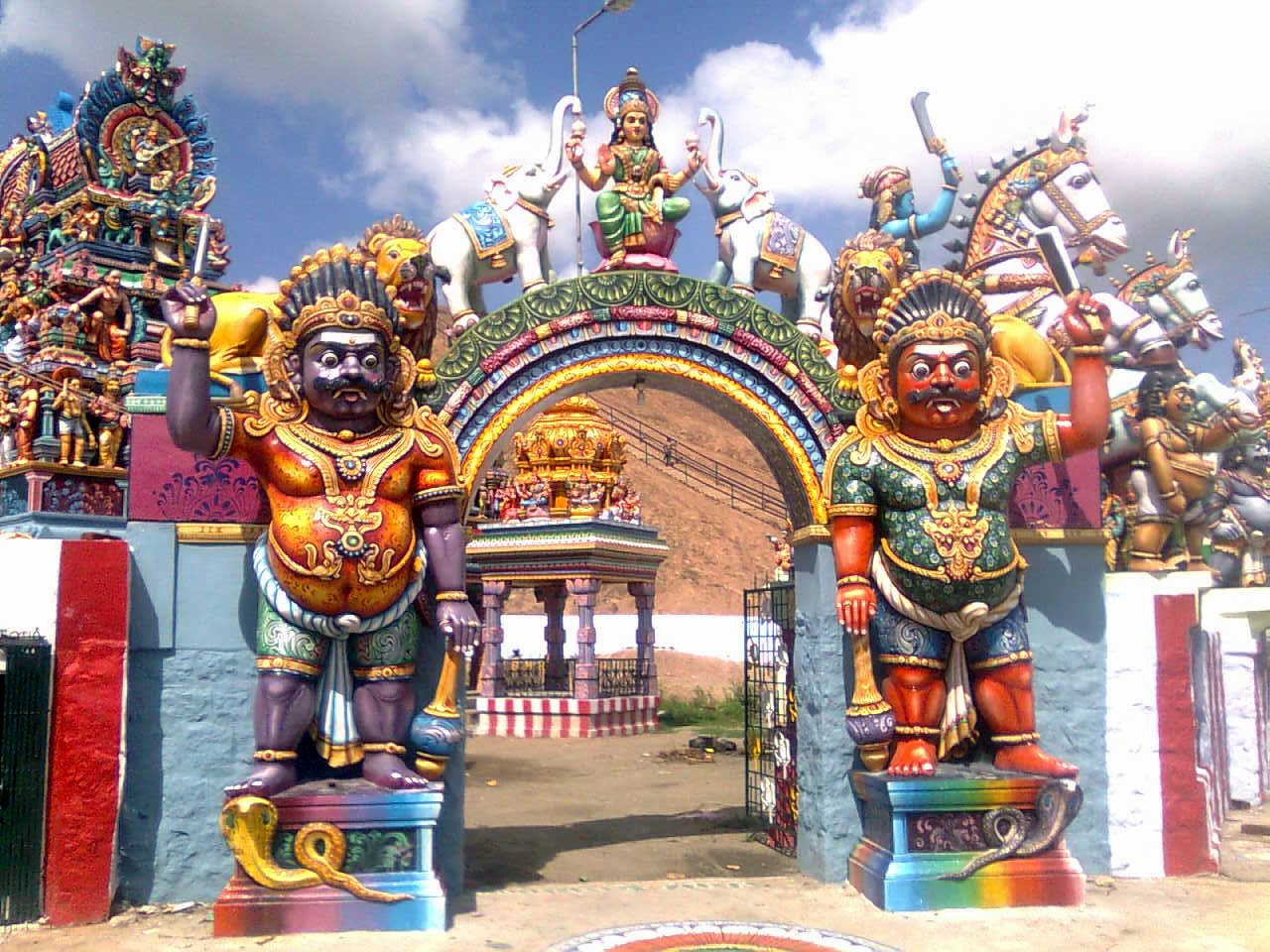
கீழக்குயில்குடி, மதுரைப் பல்கலைக்கழகத்திற்கு எதிரில் உள்ள சிறிய கிராமம். அங்கே ஊரை ஒட்டிய பெரிய தாமரைக் குளமும், அய்யனார் கோயிலும், அடர்ந்த ஆலமரமும் உள்ளது. அதை ஒட்டியதாக உள்ள பெரிய குன்றின் தென்மேற்கில் செட்டிப்புடவு என்ற இடம் உள்ளது. அந்தப் புடவில் தீர்த்தங்கரரின் சிற்பம் ஒன்று உள்ளது. சமண தெய்வம் என்று தெரியாமல், காது வளர்ந்த அந்தச் சிலையைச் செட்டியார் சிலை என்று அழைக்கிறார்கள் கிராமத்து மக்கள்.
நீள் செவி, அனல் நாக்கு, சூழ்ந்த ஒளிவட்டம், சாமரம் ஏந்திய இயக்கியர்கள்… அசோக மரத்தின் கீழ் அமர்ந்த கோலம். தீர்த்தங்கரர் சிற்பங்களிலேயே மிக அழகானது இந்தச் சிற்பம். இங்குள்ள பெண் சிற்பம் சிங்கத்தின் மீது அமர்ந்து, யானை மீது வரும் அரக்கனை எதிர்த்துப் போராடுகிறது. இது ஒரு வகையில் மகாபலிபுரத்தில் உள்ள போர்களக் காட்சியை நினைவுபடுத்துகிறது. கொற்றாகிரியா என்ற அந்த சமணப் பெண் தெய்வத்தின் உரு மிகச்சிறப்பாக அமைக்கப்பட்டு இருக்கிறது.
மலையின் மீது இது போன்ற சமண உருவங்கள் உள்ளன. மலையேறுவதற்குப் பாதி தூரம் வரை படிகள் வெட்டி வைத்திருக்கிறார்கள். பிறகு, பாறைகளைப் பிடித்துதான் மேலே ஏறிப்போகவேண்டும். மலையேறிப் போனால் அங்கே ஒவ்வொரு உயரத்திலும், ஒரு தளம் உள்ளது. மலையின் மீது இடிந்த நிலையில் ஒரு கற்கோயில் உள்ளது. அது ஒன்பதாம் நூற்றாண்டைச் சேர்ந்த கோயில் என்று கல்வெட்டுகள் கூறுகின்றன.
ஆயிரம் வருடங்களுக்கு முன்பு இந்த இடத்தில் மாதேவி பெரும் பள்ளி என்ற கல்வி நிலையம் செயல்பட்டு இருக்கிறது. அங்கு ஒரு பெரிய சுனை உள்ளது. வருடம் முழுவதும் அதில் தண்ணீர் சுரந்தபடியே இருக்கும் என்கிறார்கள். அங்குள்ள பாறையில் வரிசையாக எட்டு சமணத் தீர்ந்தங்கரர்களின் சிற்பங்கள் செதுக்கப்பட்டு உள்ளன.
-எஸ்.ராமகிருஷ்ணன், தேசாந்திரி (விகடன் பிரசுரம்)
சமணம் குறித்த ஆர்வத்தையூட்டிய எஸ்.ராமகிருஷ்ணனுக்கும் விகடன் பிரசுரத்திற்கும் நன்றி.
(செட்டிப்புடவு படம் தமிழ் இணையப் பல்கலைக்கழக வலைத்தளத்திலிருந்தும், பேச்சிப்பள்ளம் படம் எழுத்தாளர் நாகார்ஜூனன் வலைத்தளத்திலிருந்தும் எடுக்கப்பட்டது. இரண்டு தளங்களுக்கும் நன்றிகள் பல)
சமணம் குறித்த ஆர்வத்தையூட்டிய எஸ்.ராமகிருஷ்ணனுக்கும் விகடன் பிரசுரத்திற்கும் நன்றி.
(செட்டிப்புடவு படம் தமிழ் இணையப் பல்கலைக்கழக வலைத்தளத்திலிருந்தும், பேச்சிப்பள்ளம் படம் எழுத்தாளர் நாகார்ஜூனன் வலைத்தளத்திலிருந்தும் எடுக்கப்பட்டது. இரண்டு தளங்களுக்கும் நன்றிகள் பல)

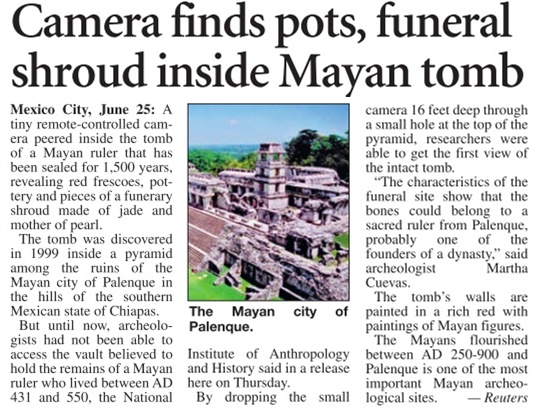
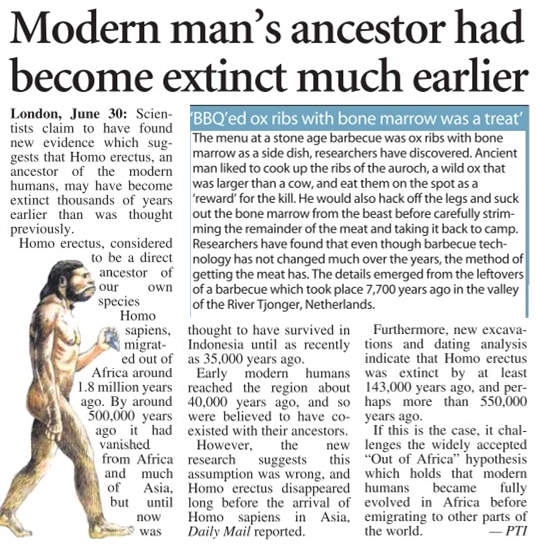

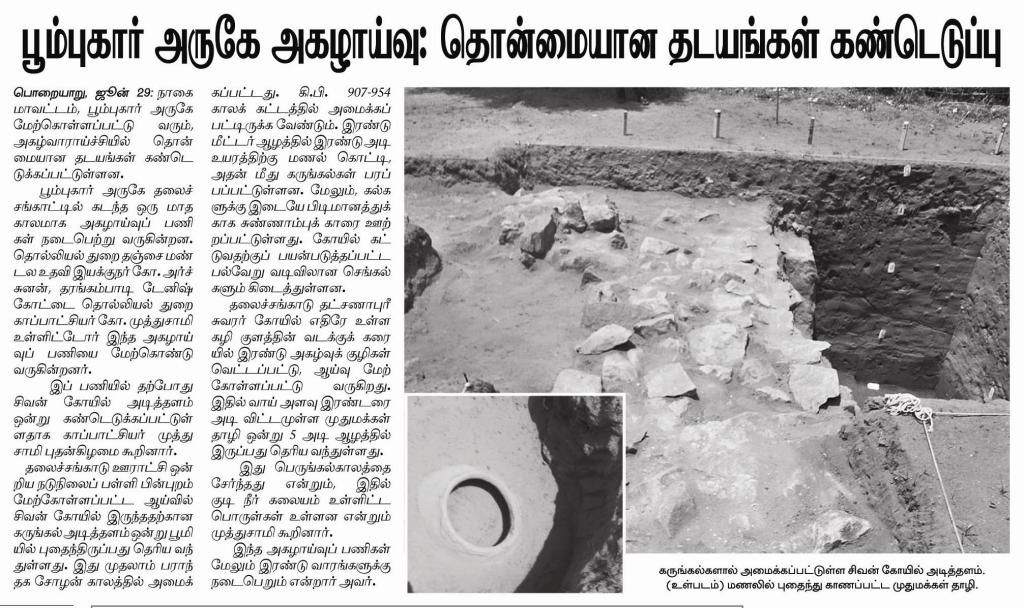












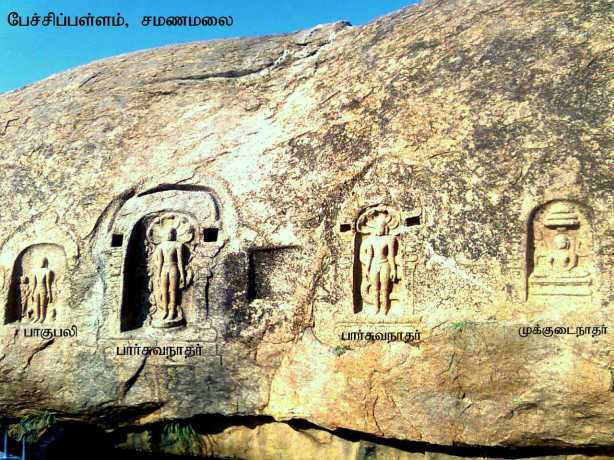
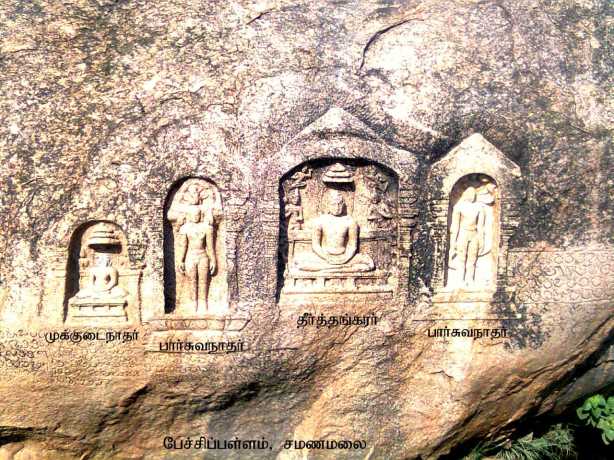
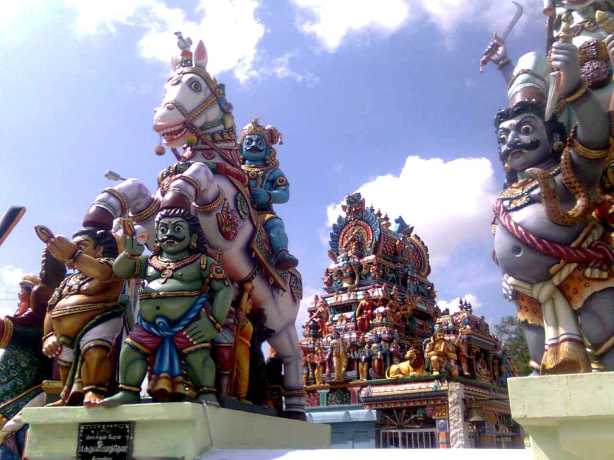

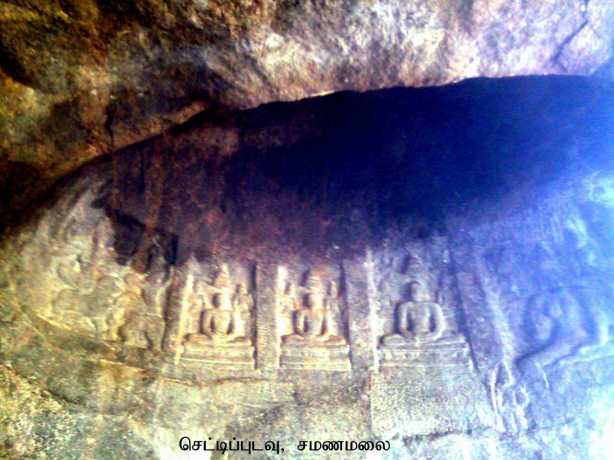






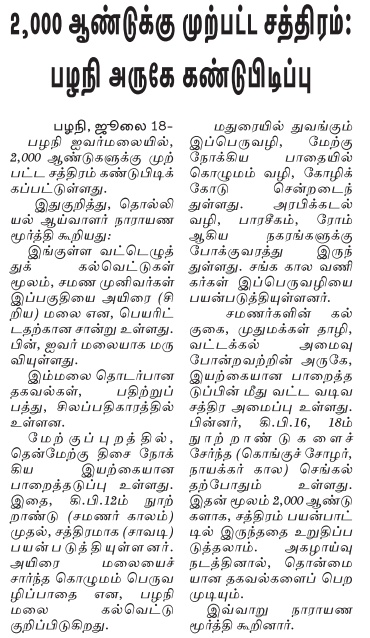




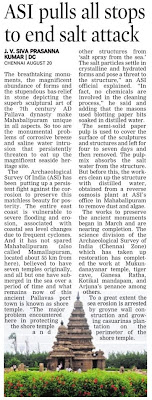
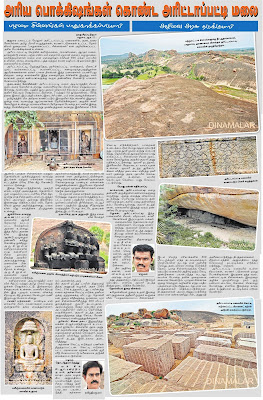











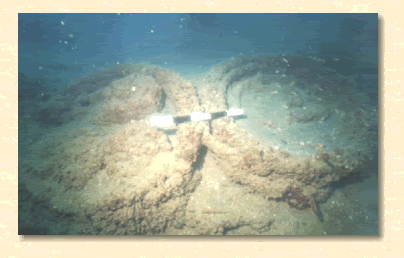






















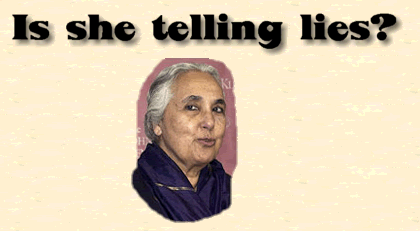

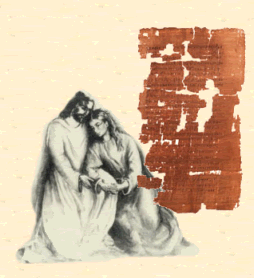
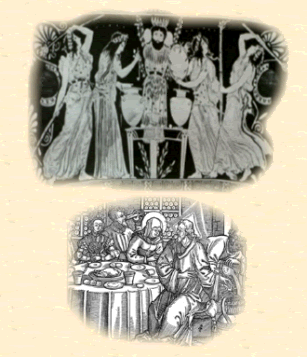
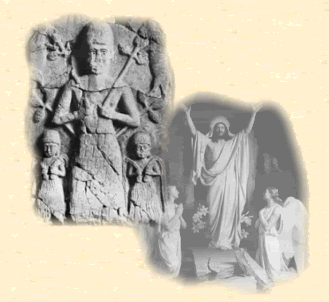
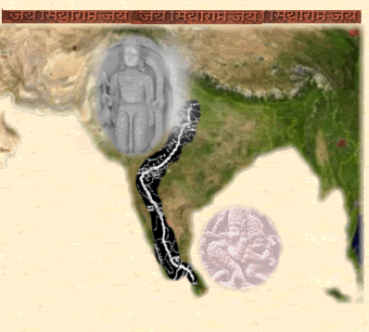
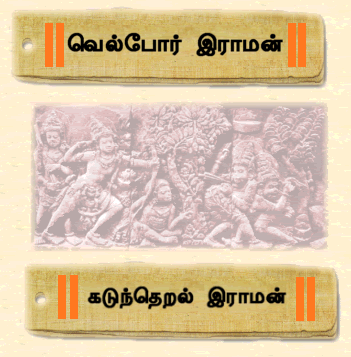
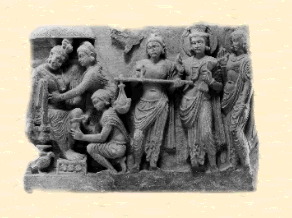
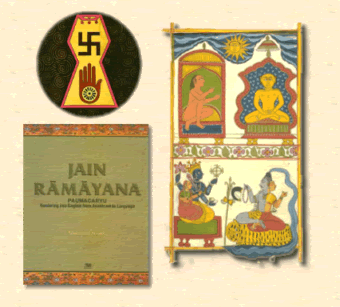
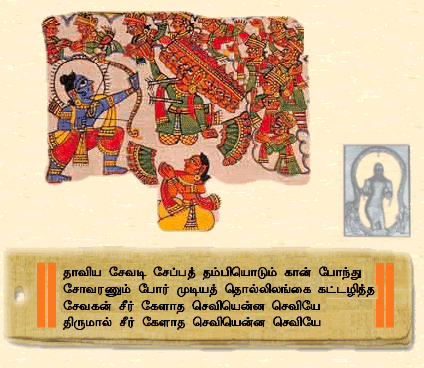
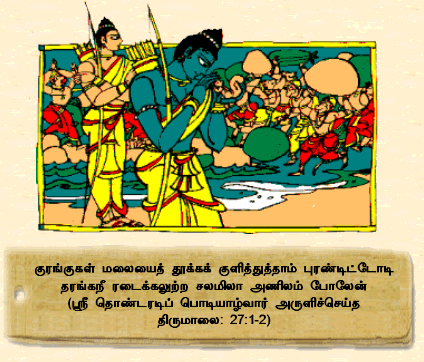
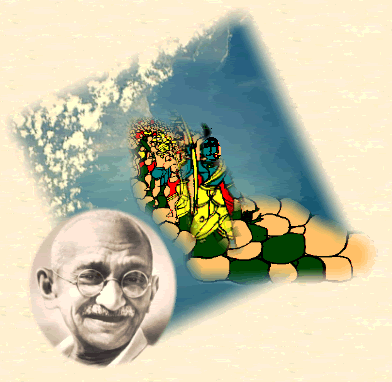








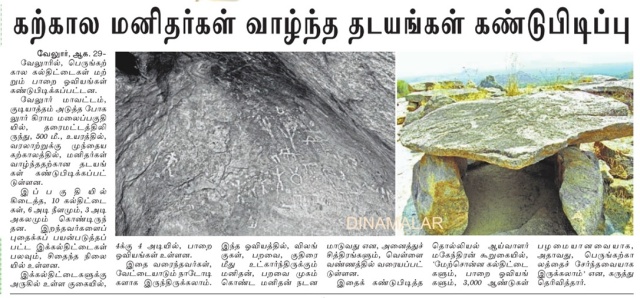





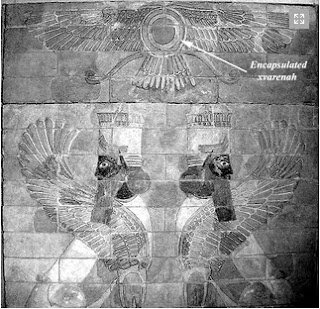
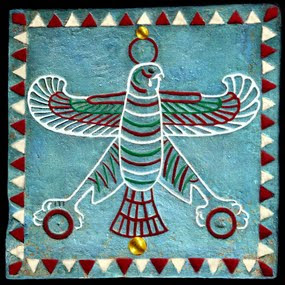

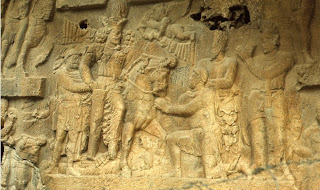
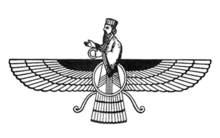

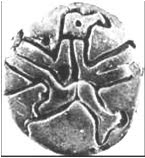




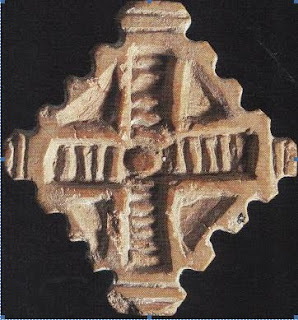
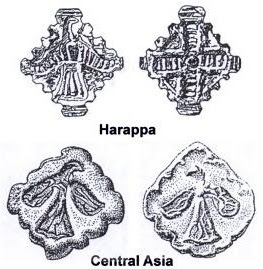
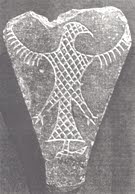
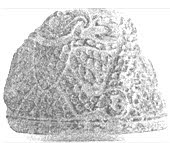



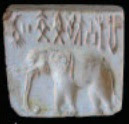
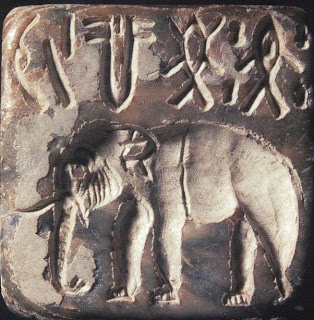

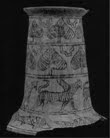
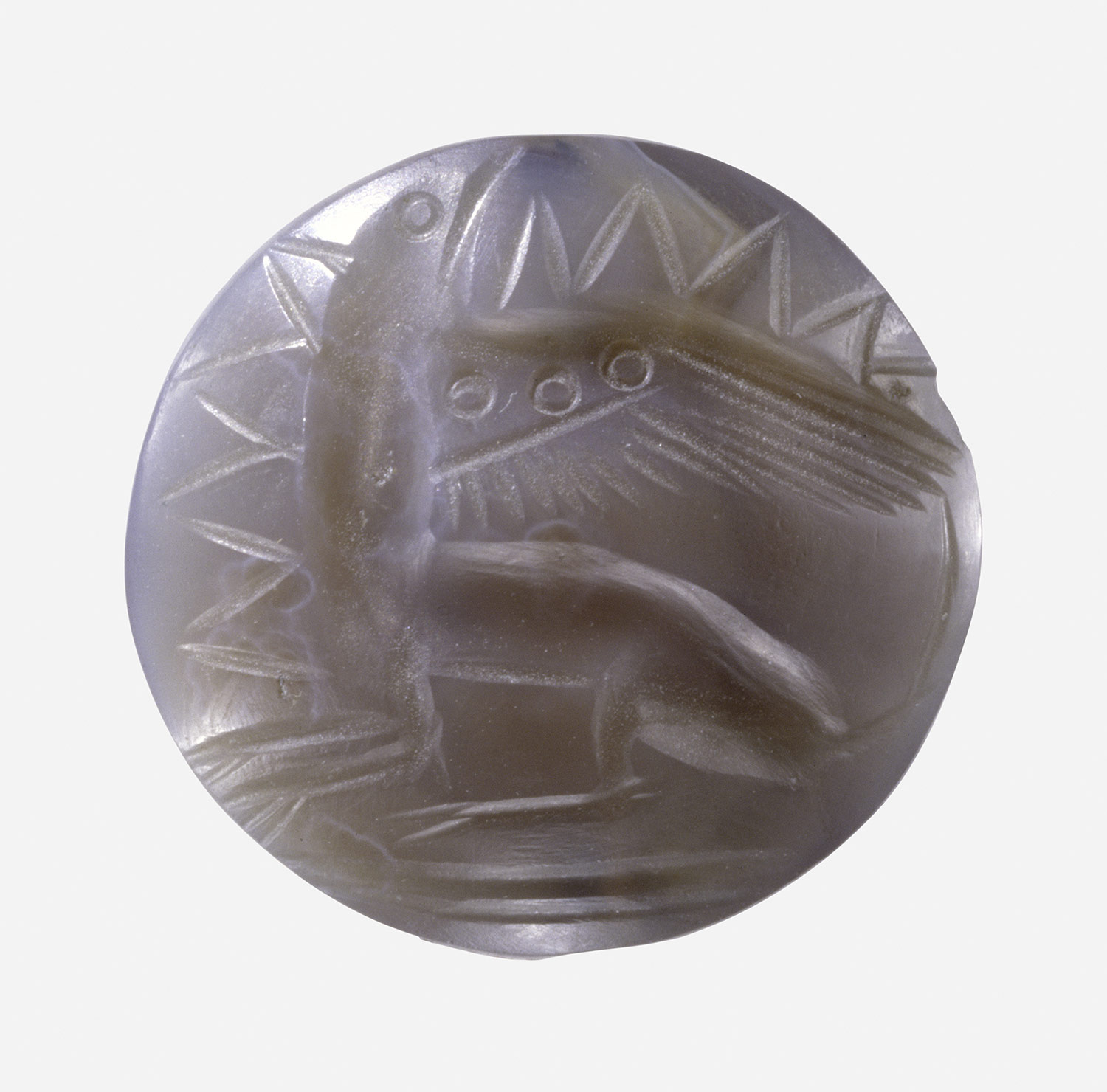
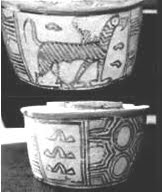



 SINGAPORE MARITIME MUSEUM TO OPEN.
SINGAPORE MARITIME MUSEUM TO OPEN. 




